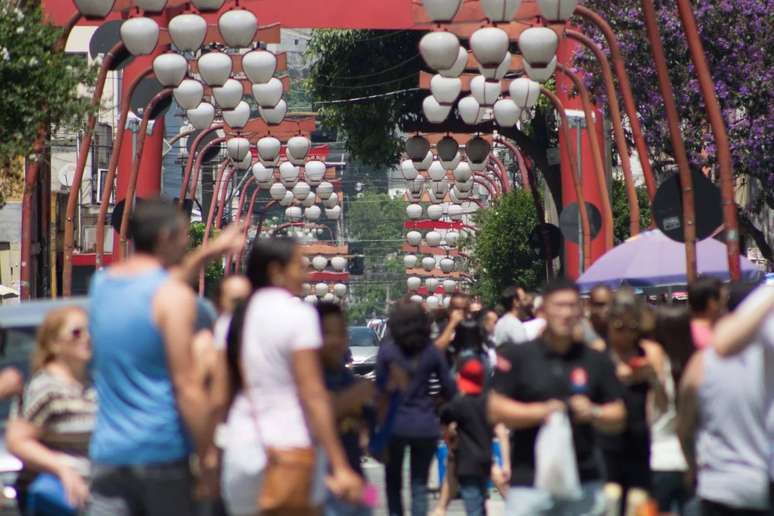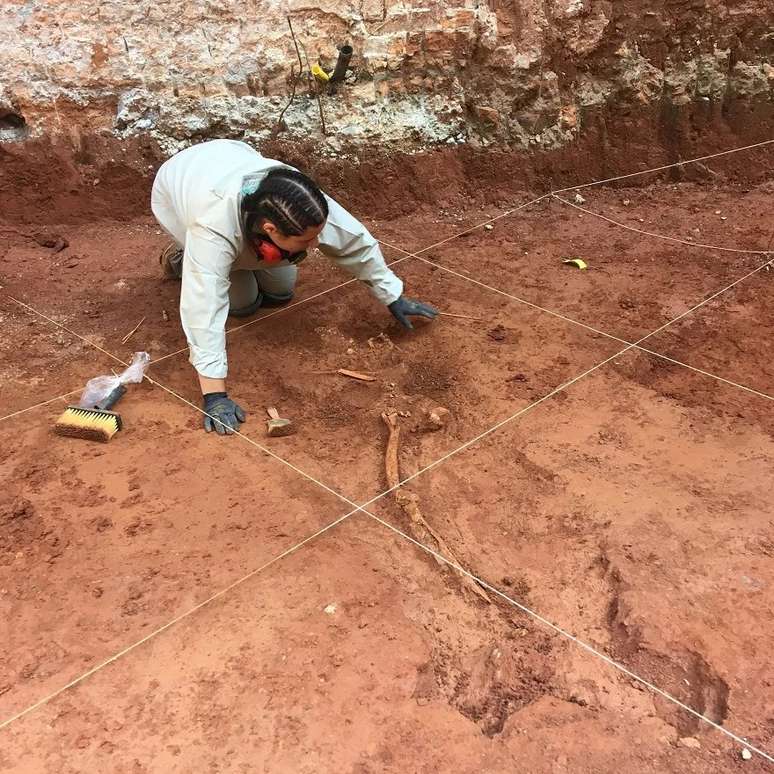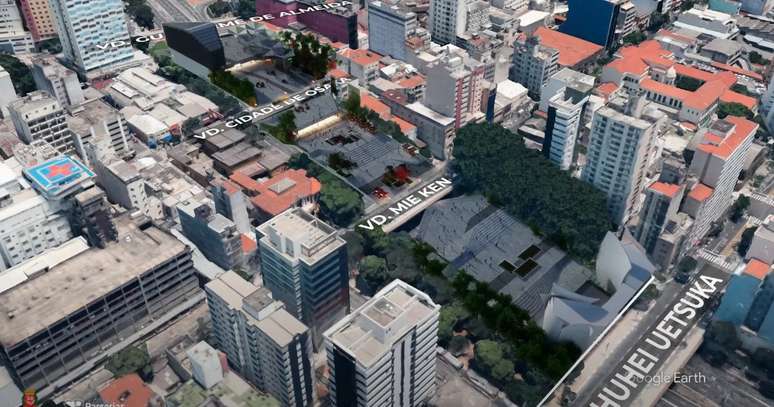The idea is to join 4 viaducts on the Radiale Leste […]
The Esplanada Liberdade project, in the easternmost neighborhood of São Paulo, is bold and should provide a new public space for the city.
The proposal is to connect four viaducts on the stretch of Radial Leste that cuts through the neighborhood under the streets Conselheiro Furtado (Viaduto Shuhei Uetsuka), da Glória (Mie Ken), Galvão Bueno (City of Osaka) and Avenida Liberdade (Viaduto Guilherme de Almeida).
According to the region’s tourism expansion project, this new public space will occupy an area of almost 26,000 m² and should host panoramic points, squares, restaurants and cultural facilities.
Esplanada Liberdade will be divided into blocks: upper, central and lower, expanding the circulation area of the neighborhood on three different levels.
The PPP (Public-Private Partnership) is currently undergoing public consultation and, once approved, will function as an administrative concession, with the winning company being able to operate the facilities for 360 months (30 years).
To participate in the public hearing, scheduled for October 9, at 10 a.m., interested parties must register through the Public Hearing link.

Freedom
This neighborhood in the central area of São Paulo is home to the largest Japanese community outside of Asia, considered a piece of Japan in São Paulo, where approximately 400,000 Japanese and their descendants live, according to the website Cidade de São Paulo.
Despite its current name and its connection to Japanese culture, the neighborhood has not always been a place of freedom. Until the early 19th century, the area was known as Bairro da Pólvora, due to a similar house, located in Largo da Pólvora.
Another very well-known (and feared) address was Largo da Forca, where this instrument for the execution of those condemned to death was located, whose most famous character to pass through there was the soldier Chaguinhas.
In fact, the story of this corporal of the First Battalion of Santos would be one of the explanations for the origin of the current name of the neighborhood.

In 1821, Corporal Francisco José das Chagas was sentenced to hang for asking for a raise. However, the strings that held him up broke several times and the audience began to chant “liberty, liberty.”
Not far away, the neighborhood was also home to the Cemitério dos Aflitos, the first public cemetery in São Paulo, where socially marginalized people, such as slaves, prisoners and contagious patients, were buried until 1858.
In 2018, archaeological work on this 400 m² plot of land, between Aflitos and Galvão Bueno streets, revealed nine human bones accompanied by glass ornaments.
According to IPHAN (National Historical and Artistic Heritage Institute), the site is classified as an Area of Archaeological Interest, due to other archaeological sites nearby, such as Praça João Mendes and the current Avenida Liberdade.

Source: Terra
Ben Stock is a lifestyle journalist and author at Gossipify. He writes about topics such as health, wellness, travel, food and home decor. He provides practical advice and inspiration to improve well-being, keeps readers up to date with latest lifestyle news and trends, known for his engaging writing style, in-depth analysis and unique perspectives.







-tocxfqlohicw.jpg)
